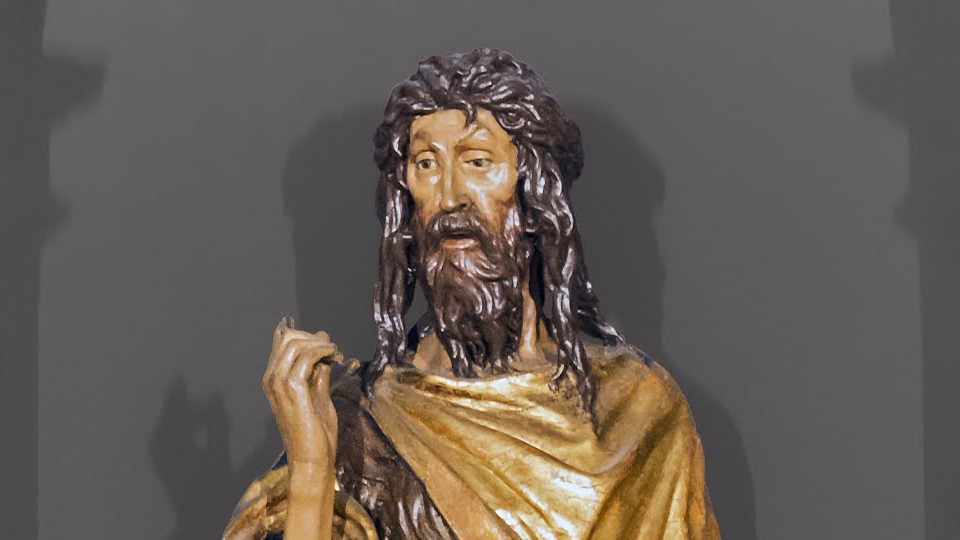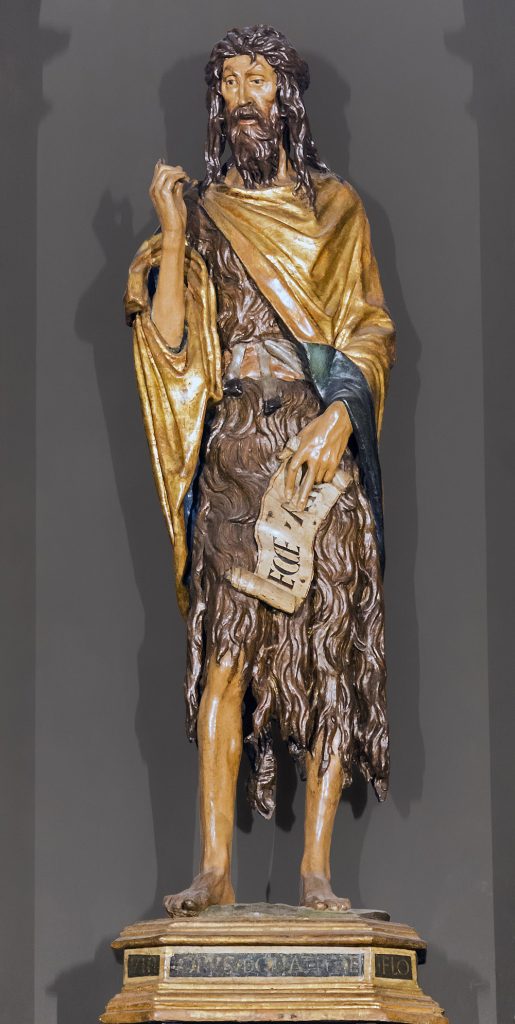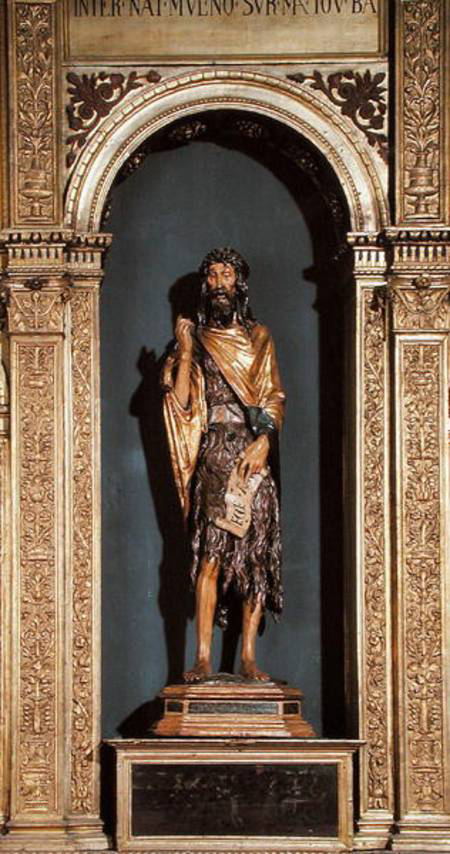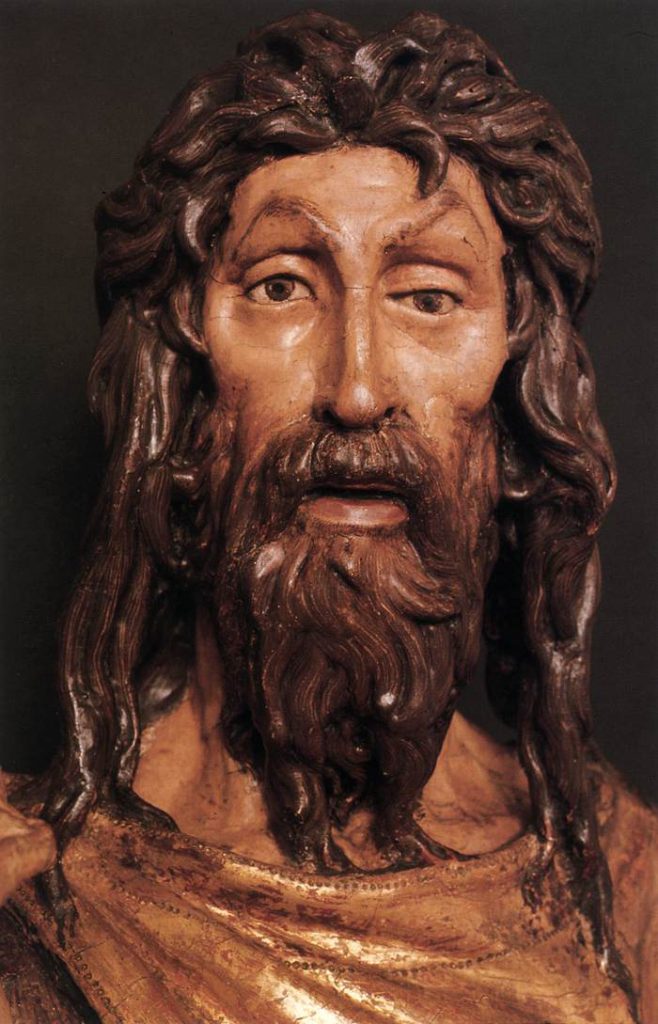Introduction

Saint John the Baptist is a wooden sculpture created by Italian Renaissance sculptor Donatello in Florence in 1438. This sculpture is one of Donatello’s many masterpieces, representing the peak of Renaissance art. This article will provide an in-depth introduction to this stunning sculpture, including its creative background, artistic characteristics, and important position in the history of Renaissance art.
Creative background
Donatello’s Saint John the baptist sculpture was created in the early 15th century and is an important work of his career. At that time, Florence was the center of art and culture, and the wave of the Renaissance was sweeping through Italy. The artists of this period were inspired by classical culture and began to emphasize the expression of human anatomy and naturalism, which were fully reflected in Donatello’s sculptures.
The Artistic Characteristics of Sculpture

Donatello’s St. John’s Baptist sculpture showcases his outstanding sculptural skills and profound understanding of character characteristics. The following are the artistic features of this sculpture:
The presentation of naturalism: The St. John Baptist in the sculpture is presented lifelike, with his muscles, bones, and skin filled with realism. Donatello demonstrated a profound understanding of human anatomy through detailed sculptures.
Light and shadow effects: Donatello is good at using light and shadow effects to enhance the three-dimensional sense of sculpture. The surface of the sculpture is uneven, presenting different shadows and highlights based on the angle of light.
Facial expression: The facial expression of St. John the Baptist is thoughtful, and his eyes are full of wisdom and tranquility. This profound emotional expression is a typical feature of Donatello’s works.
Clothing and decoration: Donatello also made great efforts in the clothing and decoration of sculptures. The robe and hair accessories of St. John’s Baptist showcase the fashion and meticulous carving techniques of the time.
Position in the history of Renaissance art

Donatello’s Saint John the baptist sculpture is considered one of the masterpieces of Renaissance sculpture and holds an important position in art history:
Representative of Renaissance Art: This sculpture represents the peak of Renaissance art, emphasizing naturalism, human anatomy, and emotional expression.
Donatello’s iconic work, the St. John Baptist sculpture, is a highlight of Donatello’s career, showcasing his exceptional talent in the field of sculpture.
The combination of art and religion: This sculpture is not only a work of art, but also a symbol of religious belief, emphasizing the importance of religion and belief during the Renaissance.
Conclusion

Donatello’s St. John’s Baptist sculpture represents the pinnacle of Renaissance art. It showcases Donatello’s outstanding skills and profound understanding of character images, while integrating multiple artistic elements such as naturalism, light and shadow effects, and emotional expression. This sculpture not only holds an important position in art history, but also reflects the artists’ pursuit of the Renaissance concept at that time, emphasizing the connection between art and religion, human nature and nature. It is forever fixed in the hearts of the audience, and as an outstanding representative of Renaissance sculpture, it continues to inspire future generations to love and pursue art.

